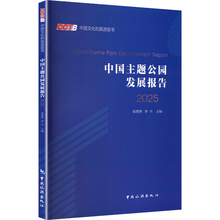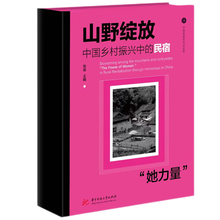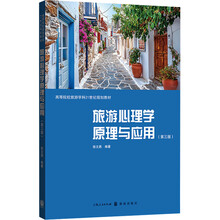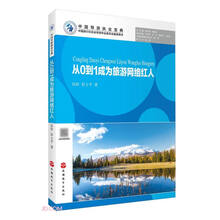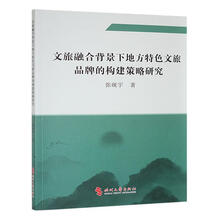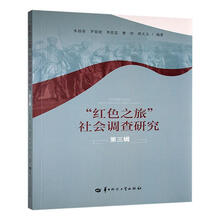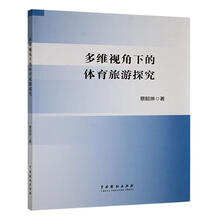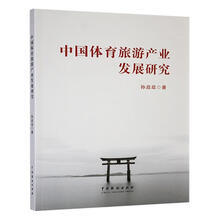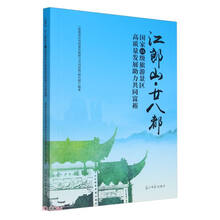一、旅游景点和景区作用特征
城市内部的旅游景点(区)多是自然、人文等多要素作用的结合体,具有一定的文化历史价值和景观美学价值,同时又是旅游发展的物质载体、旅游收入的主要源泉,这些地方往往也成为居民经常光顾的地方。景点、景区的规模、知名度、可达性、历史、文化等差异的存在,以及景点、景区管理模式不同,接待量存在差异,居民感知也会存在差异。通过实证分析得出,具有较大开放空间、可达性好的旅游景点(区),居民有更多机会享用旅游资源,同时对旅游发展给环境带来的改善有较清晰的认识,因而一般具有较好的TE-COI感知;知名度高、封闭式商业管理模式的景点(区),接待外来旅游者较多,直接收益也相对较多,居民有较强的TECOI感知;具有历史内涵和文化底蕴的景点(区),促进了景点(区)的保护及历史文化的传承,居民对其社会文化影响感知较好。
需要指出的是,作为旅游载体的同时,旅游景点、景区同时具有原来的特质,其变化会在一定程度上影响地方居民,因而成为影响居民感知的地方性外在因素。
二、居民作用机制
城市居民收入、职业、文化层次、居住时间长短,以及性别、年龄和出游意愿等不同,对待旅游影响的感知也存在一定差异。实证研究表明,居民的出游意愿强烈,更倾向于享受环境,随着对景区的了解增加,进而对旅游产生的经济影响更为了解,对旅游产生的社会文化影响也很强烈,因而一般对旅游产生的影响感知较好。而文化层次越高、居住时间越长、年龄越大的居民,对旅游影响感知更趋于漠然,甚至反感。年龄大、居住时间长者,对待旅游逐渐习以为常,或是怀念过去,或是能更全面看待问题,对现实中产生的一些变化不愿接受;而文化层次较高者,较能客观看待旅游业发展,尤其是能够认识到旅游业带来的负面影响(如文化侵蚀、示范效应等),因而感知较弱。从事旅游相关工作的居民能够从旅游业中获益,对旅游影响的感知一般较好。
Disaster Risk and the Comprehensive Disaster Risk Management
A Comparison between Disaster Risk Classifications in Different Mode
Ning Li, Yang Lei, Chunhua Li, Peng Zhang, Yue Shi
Assessment on Agricultural Drought Vulnerability and Strategy for Resilience
Yanrui Shang, Wenshuang Zhao, Yinjie Wang, Huilian Shang
Disaster Risk Assessment at Municipal Level in South Africa: The Need for a
Multi-Disciplinary Approach
A.J. Jordaan
Early Warning System and Shake Map for Deep Vrancea Earthquakes
(Romania) and Place of Them in Seismic Risk Management
Gheorghe Marmureanu, Constantin Ionescu, Alexandru Marmureanu
Earthquake Focus Probing and Earthquake Forecast
Dexiu Zhao
Impact of Disordered Urban Growth on Alluvial Fans, Geomorphic System
and the Catastrophic Floods on the North-Central Venezuelan Coast December of 1999
Maximiliano Bezada
Impacts of Rapid Urbanization on River Network and Flood Risk in Shenzhen Region, China
Hongjian Zhou, Jing'ai Wang, Peijun Shi, Jing Zheng, Lu Gao, Xueguang Su, YiYuan
Integration of Public and Private Sectors for Disaster Reduction in Peru's Action Plan 2007~2011
Luis F. Palomino, Julio Kuroiwa
Living Intelligently with Risks——An Application of CBDRM in Mitigating
Landslides (A Case Study of Landslides Control Project Supported by Oxfam)
Wenguang Ding, Juan Yu, Xiujuan Wang, Jian Liu
Long-Period Response Spectra of Chi-Chi Main-Shock Recordings and Design Spectra in Chinese Code GB 50011
Yong Chen, Yanxiang Yu
Method of Ultra Long Range Weather Prediction by Solar Eclipse and Earthquake Effect
Dexiu Zhao
Probabilistic Seismic Hazard Modeling Based on the Seismicity Distribution in the North-China Area
Yong Yang, Baoping Shi, Boyan Liu
Risk Management——A Practical Tool for Communities and Cities
Eric Veulliet, Mag. Helmuth Rieder
Risk Mitigation through Measurement of Safety Compliance in Built Environment and Establishment of Vulnerability Atlas
Vivek Ogra, Manish Bharadwaj, Aurobindo Ogra
Strong Ground Motion Field Forecast for Disaster Risk Reduction in Urban Area
Xiaxin Tao, Xiaodan Sun, Haiming Liu, Ping Li
The Analysis of Economic Methods Choices for Water Resources Sustainable Development in Songhua River Basin
Jing Zhang, Jie Shang
The Influences of Disaster Information Dissemination on City Public Disaster Risk Perception: Cases Study in Beijing and Wuzbong
Na Li, Dong Ma, Yun Su
The Relation between Population Vulnerability Post-earthquake and Preparedness Capability for Emergency Resource
Xinyan Wu, Jianhua Gu, Shaoyu Wang
Turkey's Disaster Management System and Education for Mitigation
Akin Demir
Institutional Basic and Policy Designing of Reduction Disaster Risk
A Process Protocol for Disaster Management and Reconstruction
Fleming Andrew, Lee Angela, Brandon Peter
Measures to Reduce Safety Risks of Chinese Coal Mines
……
展开

